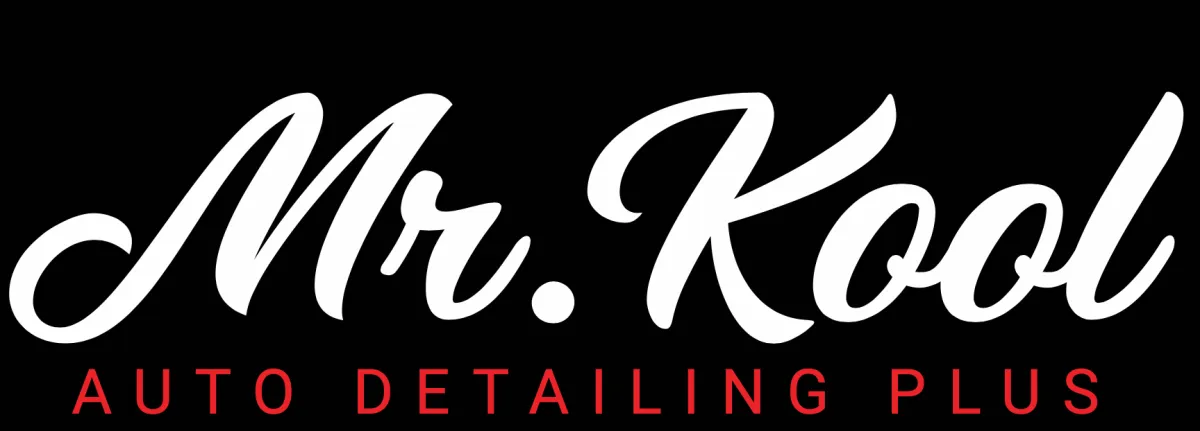Paint Correction
Paint Correction: Overview and Process
Paint correction is a meticulous process of restoring and rejuvenating a vehicle's paintwork by eliminating imperfections such as swirl marks, scratches, oxidation, and holograms. It involves carefully levelling the clear coat (or single-stage paint) to remove flaws, revealing a smooth and reflective surface. Unlike simple polishing, paint correction is a multi-step, labor-intensive process that requires specialized tools, products, and expertise.
Why Paint Correction is Important:
Restores Gloss and Clarity: Removes defects that dull the paint, restoring its original shine and depth.Enhances Resale Value: A flawless exterior significantly improves a vehicle’s aesthetic appeal and market value.Prepares for Protection: Provides a perfect foundation for applying ceramic coatings or paint protection films (PPF).Long-Term Preservation: Corrected paint is easier to maintain and prevents further damage when protected properly.
Common Paint Imperfections:
Swirl Marks: Circular scratches often caused by improper washing or drying techniques.Scratches: Deeper cuts into the clear coat from contact with sharp objects.Oxidation: Faded or chalky paint due to prolonged UV exposure.Holograms: Fine, wispy marks left by improper machine polishing.Water Spots and Etching: Stains from hard water or acidic substances.
The Paint Correction Process:
1. Vehicle Preparation:
Thorough Wash: The vehicle undergoes a deep wash to remove surface dirt, grime, and contaminants.Decontamination: A clay bar or synthetic clay mitt is used to remove embedded contaminants like tar, sap, and iron particles.Drying: The vehicle is dried with a soft microfiber towel or air dryer to prevent further scratching.
2. Surface Inspection:
Lighting: Specialized LED or halogen lights are used to highlight imperfections that may be invisible under normal lighting.Paint Thickness Measurement: A paint depth gauge measures the thickness of the clear coat to ensure safe correction without over-polishing.
3. Masking and Protection:
Tape Off Trim and Edges: Sensitive areas such as rubber seals, plastic trim, and emblems are masked off to avoid damage or polish residue.
4. Paint Correction Stages:
Paint correction typically involves multiple stages, depending on the severity of the defects:
Stage 1: Cutting/Compounding Purpose: Removes deep scratches, oxidation, and severe swirl marks. Tools: A rotary or dual-action (DA) polisher with a heavy-cut foam or wool pad.Product: A cutting compound (abrasive polish) is applied to level the clear coat. Process: The polisher is worked methodically over small sections, ensuring even correction.
Stage 2: Polishing Purpose: Refines the paint surface by removing the micro-marring left by the cutting stage. Tool: DA polisher with a medium or soft foam pad.Product: A finer polish or glaze is used to restore gloss. Process: Focuses on enhancing clarity and depth by smoothing the surface.
Stage 3: Finishing/RefiningPurpose: Provides the final gloss and ensures a mirror-like finish. Tools: Soft foam pad and finishing polish. Process: Eliminates any remaining micro-marring and enhances shine.
5. Final Inspection and Surface Protection:
Inspection: The corrected surface is inspected under various light sources to ensure all imperfections have been addressed.Surface Cleaning: The surface is wiped with an isopropyl alcohol (IPA) solution to remove any polish residue. Protection Application: Apply a wax, sealant, or ceramic coating to protect the freshly corrected paint and maintain its gloss.
Tips for Maintaining Corrected Paint:
Proper Washing Technique: Use a two-bucket method with pH-neutral shampoo to avoid reintroducing swirl marks. Microfiber Towels: Use soft, clean microfiber towels for drying and detailing.Regular Maintenance: Apply a protective wax or sealant periodically.Avoid Automatic Car Washes: These often cause micro-scratches due to harsh brushes.
Paint Correction vs. Detailing:
Paint Correction: Focuses on removing imperfections by leveling the paint.Detailing: General cleaning and maintenance, which may include a light polish but doesn’t necessarily correct deeper defects.
In Summary:
Paint correction is a transformative process that restores the vehicle’s paint to its original, flawless condition. While it requires significant time, expertise, and equipment, the result is a dramatically improved appearance that enhances both the aesthetic and the value of the vehicle. Proper maintenance and protective measures after correction ensure the results last for years.

